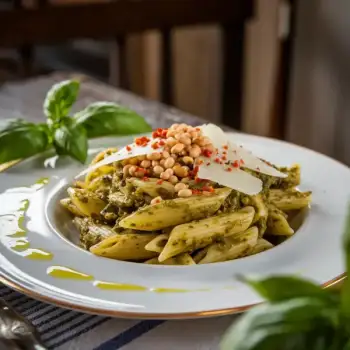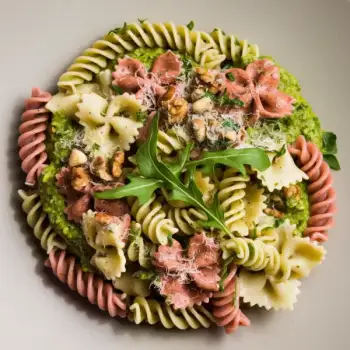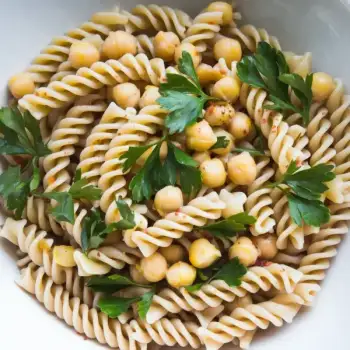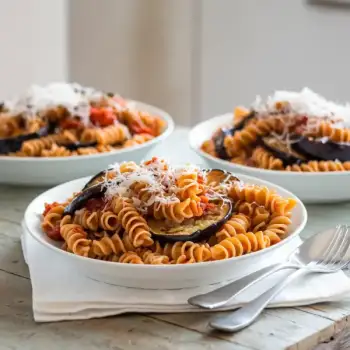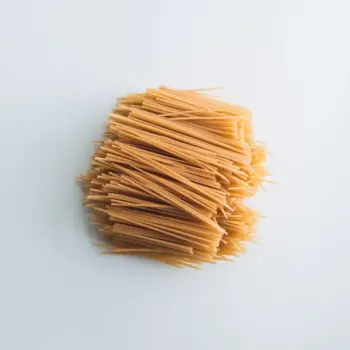


Dried
Fusilli pasta in its most common form, dried and uncooked, typically made from durum wheat semolina. It's perfect for holding onto sauces with its corkscrew shape.
Fresh
Less common than dried, fresh Fusilli can sometimes be found in specialty stores or made at home, offering a softer texture and quicker cooking time.
Gluten-Free
Fusilli made from alternative grains such as rice, corn, or quinoa for those with gluten sensitivities or preferences.
Whole Wheat
A healthier variant of Fusilli made from whole grain durum wheat, offering more fiber and nutrients.




dried fusilli: De Cecco or Barilla
gluten-free fusilli: Barilla Gluten Free or Tinkyada
whole wheat fusilli: Whole Foods 365 or DeLallo

Baking: Fusilli can also be incorporated into baked pasta dishes. After boiling, mix it with your choice of ingredients and sauce, then bake until bubbly and golden on top. This method is great for creating textures ranging from creamy to crispy.
Boiling: The most straightforward method for cooking fusilli is boiling. Use plenty of water to give the pasta room to move and prevent clumping. A good rule of thumb is to use about 4 quarts of water for every pound of pasta.
Pasta Salad: For a cold pasta salad, cook fusilli until al dente, then rinse under cold water to halt the cooking process. Toss with a dressing, vegetables, and proteins as desired. The grooves in fusilli make it ideal for gripping onto chunky dressings and mix-ins.




